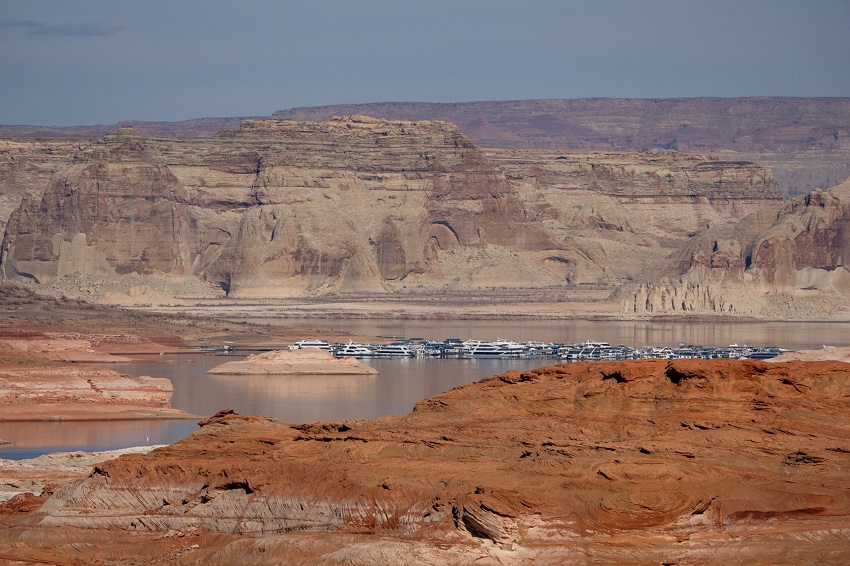Salt Lake City, UT – Utah Governor Spencer Cox declared a state of emergency on Thursday, April 24, in response to worsening drought conditions affecting much of the state. The executive order covers 17 counties, with nearly half of Utah now experiencing severe or extreme drought. The declaration comes after updated streamflow forecasts and rising temperatures raised concerns across multiple regions.
According to state officials, 42% of Utah is currently grappling with severe drought, while 4% of the state faces extreme drought conditions. The counties impacted by the declaration include Washington, Iron, San Juan, Kane, Juab, Emery, Grand, Beaver, Garfield, Piute, Millard, Uintah, Tooele, Carbon, Sevier, Sanpete, and Wayne.
The decision follows a meeting between Governor Cox’s office and the Drought Response Committee, which recommended the issuance of the emergency declaration. The committee’s recommendations were based on recent climate data, which indicated a concerning trend of below-average snowpack levels, particularly in southwestern Utah. The snowpack peaked at a normal 14.3 inches statewide on March 23, but in the southwestern region, it reached only 44% of normal levels. Additionally, winter temperatures in the area were 2 degrees above average, contributing to the worsening conditions.
While reservoir storage across the state currently stands at 84% of capacity, providing some relief, experts warn that it may not be enough to fully address the challenges posed by the ongoing drought. As the state enters the summer months, the need for effective water management and conservation efforts has never been more urgent.
Governor Cox’s executive order is a crucial step in mobilizing resources to combat the drought’s effects, including assisting local water systems, agriculture, and communities facing water shortages. The Governor’s Office has pledged to continue monitoring the situation and to work closely with federal agencies, local governments, and state officials to provide support to the affected counties.
The declaration of a state of emergency is a stark reminder of the growing concerns over climate change and its impact on water resources in the West. As drought conditions persist, state and local governments will likely need to explore more drastic measures to ensure water security for residents, farmers, and industries dependent on water in Utah.

